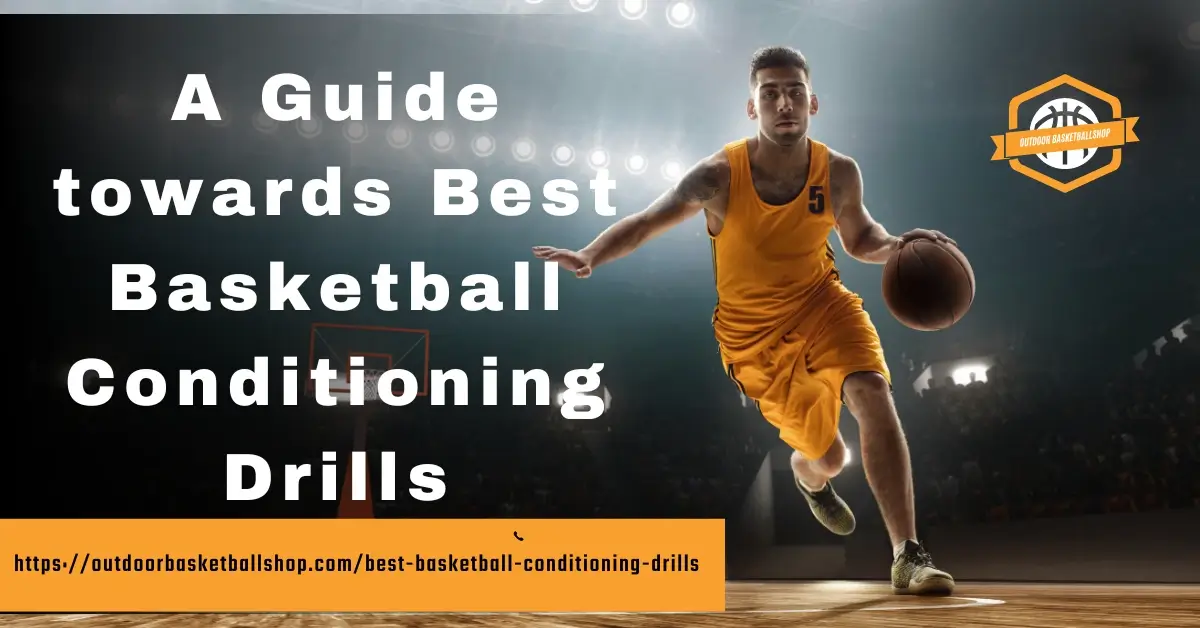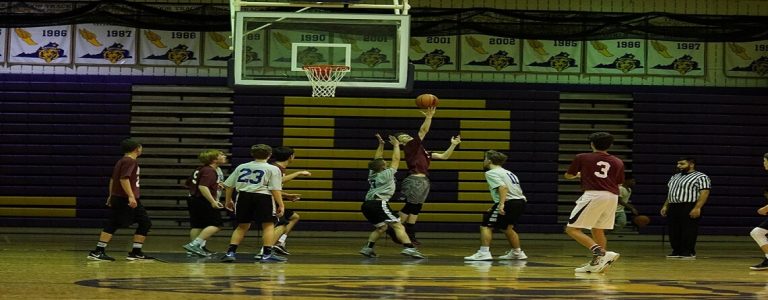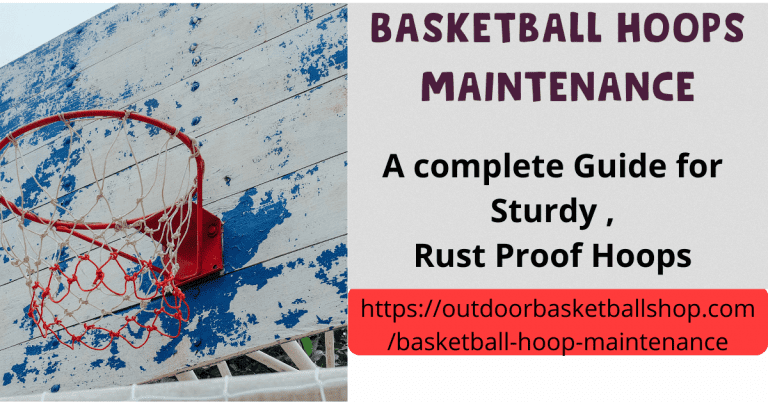A Guide towards Best Basketball Conditioning Drills
Hey there, fellow basketball enthusiasts and aspiring athletes!! Have you ever wondered what sets apart a great basketball player from a good one? No doubt, skills like shooting, passing, and dribbling are crucial. Still, there’s a hidden powerhouse that often goes unnoticed! Guess what? Yes, you got it! basketball conditioning drills.
These drills are the secret sauce that fuels a player’s performance on the court, boosting endurance, agility, speed, and overall fitness. Just like a well-tuned engine drives a high-performance car, a player’s conditioning forms the core foundation of their game.
If you’ve ever wondered how elite players maintain their exceptional physical prowess throughout intense matches, you’re about to embark on a journey that holds the key. This guide is your gateway to unlocking the world of “Basketball Conditioning Drills” – So get ready to elevate your fitness levels, refine your agility, and leave your competitors in the dust. all through the power of strategic conditioning drills, lace up those sneakers and embark on a journey of growth, improvement, and game-changing transformation.
Why the Conditioning in Basketball is necessary for Excellence?
Before we dive into the world of basketball conditioning drills, it’s essential to grasp the fundamental role conditioning plays in your overall performance. Conditioning isn’t just about endurance – it’s a strategic approach to enhancing your physical attributes to excel in every aspect of the game. From sprinting down the court for a fast break to maintaining an unrelenting defense, optimal conditioning enables you to push your limits and stay sharp throughout the entirety of a match. In this section, we’ll explore the science behind conditioning, how it influences your game, and why it’s the cornerstone of success on the hardwood. By comprehending the significance of conditioning, you’ll lay the groundwork for maximizing your potential as a basketball player.
What are the Building Blocks of Effective Conditioning Drills?
Now that you’re equipped with a solid understanding of conditioning’s pivotal role, it’s time to delve into the building blocks of effective conditioning drills. We’ll break down the key components that make a conditioning drill truly impactful – whether it’s targeting specific muscle groups, enhancing cardiovascular fitness, or simulating in-game scenarios. By grasping these foundational elements, you’ll gain insight into what makes a conditioning drill valuable and how each drill aligns with your individual goals as a player. This section will set the stage for the exciting journey ahead, where we’ll explore an array of conditioning drills designed to elevate your game and take you to the next level of performance.
Step 1:
Baseline Evaluation for Optimizing Basketball Conditioning Drills
Evaluate your current fitness level is a crucial first step in designing and selecting an effective basketball conditioning program. Here’s a step-by-step guide on how to assess your fitness level specifically for basketball conditioning drills:
Physical Examination: Start by consulting with a medical professional or a sports physician to ensure you’re physically ready for intense conditioning. This step is especially important if you have any pre-existing medical conditions.
Strength and Endurance Assessment: Conduct exercises like push-ups, squats, planks, and burpees. Count the number of repetitions you can perform with proper form in a set time frame (e.g., 1 minute). This will give you an idea of your muscular strength and endurance.
Vertical Jump Test: Measure your vertical jump height using a wall or a vertical jump measuring device. This will help you understand your explosive power, which is valuable in basketball for actions like jumping for rebounds or shooting.
Self-Evaluation: Reflect on your basketball performance in recent games or practice sessions. Consider your ability to maintain energy levels throughout a match, your recovery time between plays, and your overall sense of fatigue.
Step 2: Customizing Your Conditioning Plan
No two players are identical, and that’s why a one-size-fits-all approach doesn’t work in conditioning. We’ll walk you through the process of tailoring your conditioning plan to align with your position, strengths, weaknesses, and personal objectives. Whether you’re a point guard or a center, a customized plan will ensure you’re honing the skills that matter most to your game.
Step 3: Incorporating Basketball-Specific Movements
Conditioning for basketball goes beyond generic workouts. We’ll show you how to integrate basketball-specific movements into your drills – from lateral shuffles to explosive jumps – ensuring that you’re not just building endurance, but also training your body for the demands of the game itself.
Transitioning movements from offense to defense
Transitioning from offense to defense seamlessly is an art form in itself. That’s why we integrate defensive slides into your conditioning regimen – honing your lateral movement so you can shadow your adversary’s every move. But it doesn’t stop there; we incorporate vertical leap drills to amplify your rebounding prowess, replicating the spring-like explosion that propels you skyward. Every conditioning drill you undertake becomes a symphony of basketball-specific movements, harmonizing your body with the game’s rhythm. As your basketball coach, I’m committed to crafting a training regimen that not only fine-tunes your physique but also sharpens your ability to execute these precise maneuvers, ensuring you’re not just a player on the court but a maestro of the game.
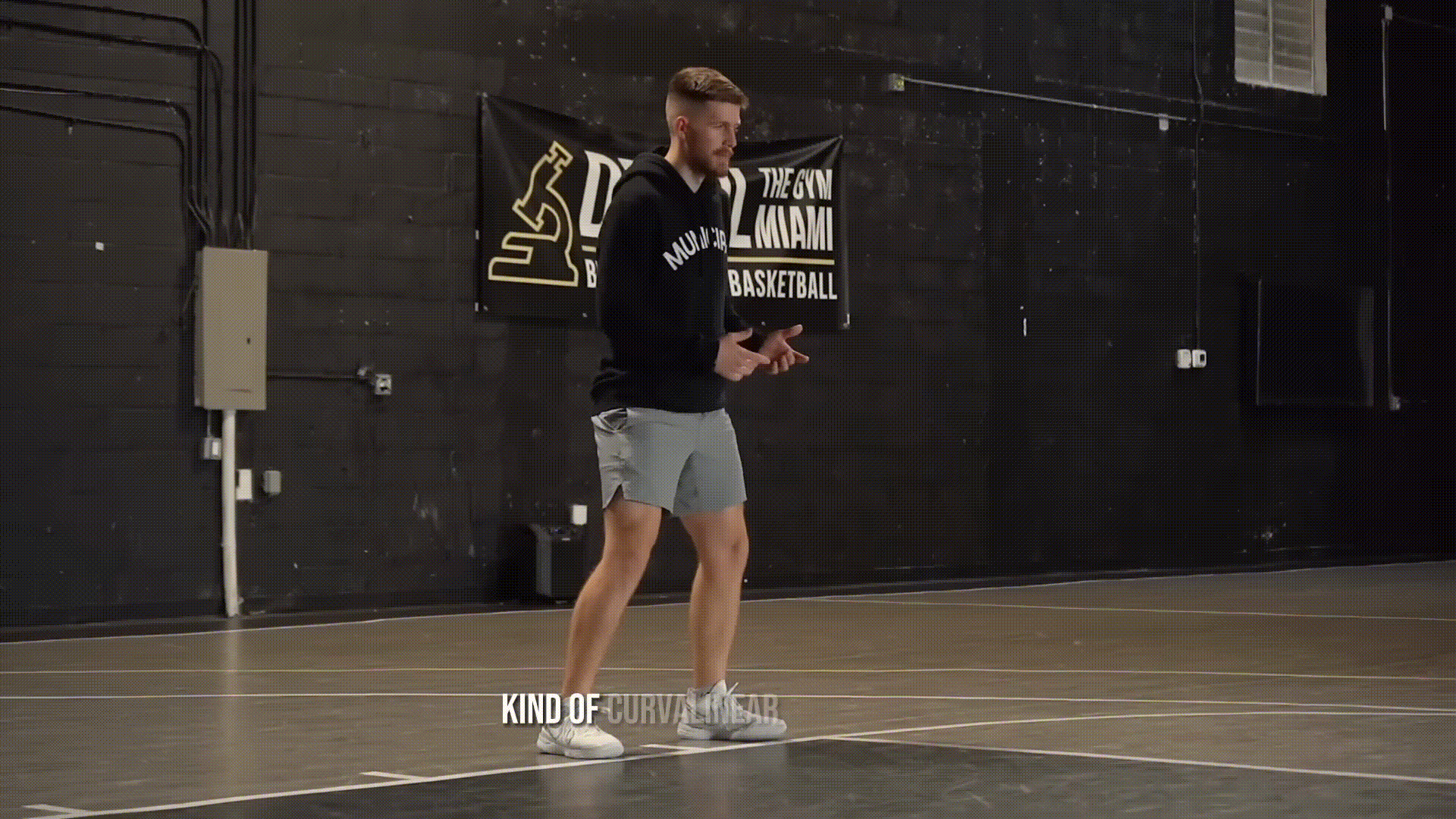
Certainly, here’s a breakdown of the steps to incorporate defensive slides into your conditioning regimen to hone lateral movement:
Warm-Up
Begin with a thorough warm-up to prepare your muscles for the lateral movements. Engage in light cardio exercises, dynamic stretches, and mobility drills that target your lower body and hips.
Stance and Ready Position
Start in a defensive stance with your knees slightly bent, hips lowered, and weight balanced on the balls of your feet. Your arms should be outstretched, ready to react and defend. This stance forms the foundation for effective defensive slides.
Side-to-Side Movement
Initiate the defensive slide by stepping laterally with your lead foot, then follow with your trailing foot. Maintain the width of your stance throughout the movement, and ensure that your feet do not cross over each other.
Proper Weight Distribution
Focus on distributing your weight evenly between both feet, allowing you to move quickly and change directions smoothly. Keep your center of gravity low to maintain balance and stability.
Stay Low
Maintain a low stance throughout the slide. Your hips should remain lowered, and your chest should be up, facing your opponent. This low position enables you to react swiftly and effectively to your opponent’s movements.
Push-Off and Slide
To move laterally, push off with your lead foot while maintaining contact with the ground. Slide your trailing foot to the lead foot’s original position. Repeat this movement rhythmically, creating a smooth and controlled slide.
Focus on Form and Speed
Emphasize proper form over speed initially. Gradually increase your pace as you become more comfortable with the movement. Concentrate on maintaining your defensive stance, balance, and coordination.
Incorporate Direction Changes
Once you’ve mastered the basic lateral movement, introduce direction changes. React to verbal cues or visual signals, simulating the unpredictable shifts you encounter in real-game scenarios.
Repetition and Variation
Incorporate defensive slides into your conditioning routine with sets and repetitions. You can vary the distances and intensities of the slides to simulate different defensive situations, such as guarding a perimeter shooter or defending against a drive to the basket.
Cool down and Stretching
After completing your defensive slide drills, cool down with static stretches that target the muscles used during lateral movements. Focus on the hips, groin, calves, and quadriceps to maintain flexibility and prevent stiffness.
Incorporating defensive slides into your conditioning regimen not only enhances your lateral movement but also sharpens your defensive skills. Practicing this fundamental movement with precision will elevate your overall defensive performance on the basketball court.
Step 4: Balancing Intensity and Recovery
An effective conditioning program strikes the right balance between pushing yourself to the limit and allowing your body adequate time to recover. We’ll delve into the science of intensity and recovery intervals, helping you design workouts that maximize gains while minimizing the risk of overtraining.
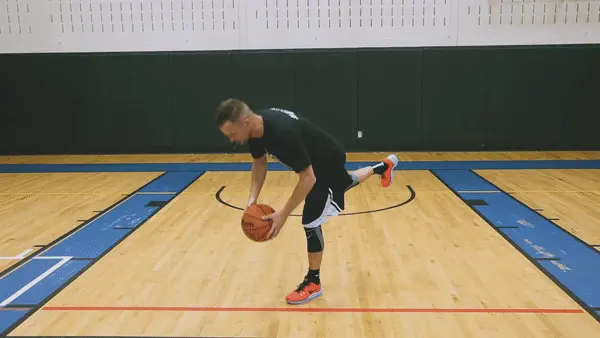
Now, we’re diving into a crucial aspect of our conditioning journey – the delicate dance between intensity and recovery. Just like we execute plays on the court, we need to execute this balance to perfection. So, listen up and let’s get ready to elevate our game!
Let’s start with our coach instructions
Know Your Limits:
We’re all about pushing boundaries, but never forget your limits. I want you to give it your all, but we’re not aiming to drain the tank completely. Push, but keep an eye on that gas gauge.
Start Strong with Warm-Ups:
Before leaping into anything intense, you should warm up those engines. Think of it as dribbling before you shoot. Warm muscles perform better, and they’re less likely to complain later.
Intensity Peaks and Valleys:
Our drills will have peaks of intensity – that’s where we dig deep. But in between those peaks, we’re not loafing around. We’re actively recovering, gearing up for the next push.
Breathe Like a Pro
Your breath is a window into your effort. If you’re huffing and puffing like you just sprinted a marathon, ease off a bit. It’s challenging, not breath-stealing.
Form Police is Watching
Remember the basics: low defensive stance, arms ready. Even when we’re amping up the pace, I’m watching those forms. Quality over quantity, always.
Active Recovery FTW
Between sets, don’t just stand there. Active recovery is our secret weapon. Light movements keep the blood flowing, making sure you’re ready for the next round.
Know When to Tap Out
I love your dedication, but I love your well-being more. If your body’s waving the white flag, it’s okay to tap out. Listen to those cues – they’re your teammates too.
Rest, Sleep, Eat, Repeat
The game isn’t confined to the court. Rest, sleep, eat – they’re all part of the training. Proper fuel and recovery keep you in the game longer.
Progress, Not Perfection
We’re here for progress, not instant perfection. Each rep counts. Celebrate the small victories; they add up.
Remember, the goal is to get better, stronger, and smarter. Balancing intensity and recovery isn’t just about physicality; it’s about mental fortitude too. It’s about knowing when to push harder and when to hold back. Get ready to tackle this challenge head-on, team. Conditioning isn’t just about sweat – it’s about strategy, growth, and ultimately dominating that court. Let’s go out there and strike that perfect balance!”
Step 5: Tracking Progress and Adjusting Strategies
Progress tracking is essential to measure the effectiveness of your conditioning efforts. We’ll introduce you to methods for tracking key metrics, such as speed, endurance, and agility, enabling you to monitor your progress and make informed adjustments to your conditioning plan as needed.
Step 6: Mental Resilience and Conditioning
Physical conditioning is only part of the equation; mental resilience is equally crucial in basketball. We’ll explore how conditioning drills can contribute to mental toughness, preparing you to overcome challenges, stay focused under pressure, and maintain a winning mindset on the court.
Step 7: Creating Varied and Dynamic Workouts
Boredom can be a motivation killer, so we’ll show you how to infuse creativity and variety into your conditioning regimen. Discover how to design dynamic workouts that keep you engaged, motivated, and excited to push your limits each session.
Step 8: Beyond the Court: Nutrition and Rest
Conditioning isn’t solely about what happens during drills. Proper nutrition and adequate rest play a vital role in optimizing your performance. We’ll provide insights into the right fuel for your body and the importance of recovery to ensure you’re operating at your peak, both on and off the court.
Additionally, periodic reassessments will allow you to track progress and adjust your program accordingly. If you’re uncertain about conducting these assessments, consider seeking guidance from a certified fitness professional.

Hello!
My name is Kaz, and I am a devoted basketball enthusiast with over 15 years of experience both as a player and a coach. Beginning my career as an assistant coach for a college team, I soon found tremendous success as a professional basketball coach. I derive immense pleasure from assisting and mentoring others in matters pertaining to basketball equipment, and as such, I freely share my training programs with my followers and readers via my blog. Learn more about me on my about page.

